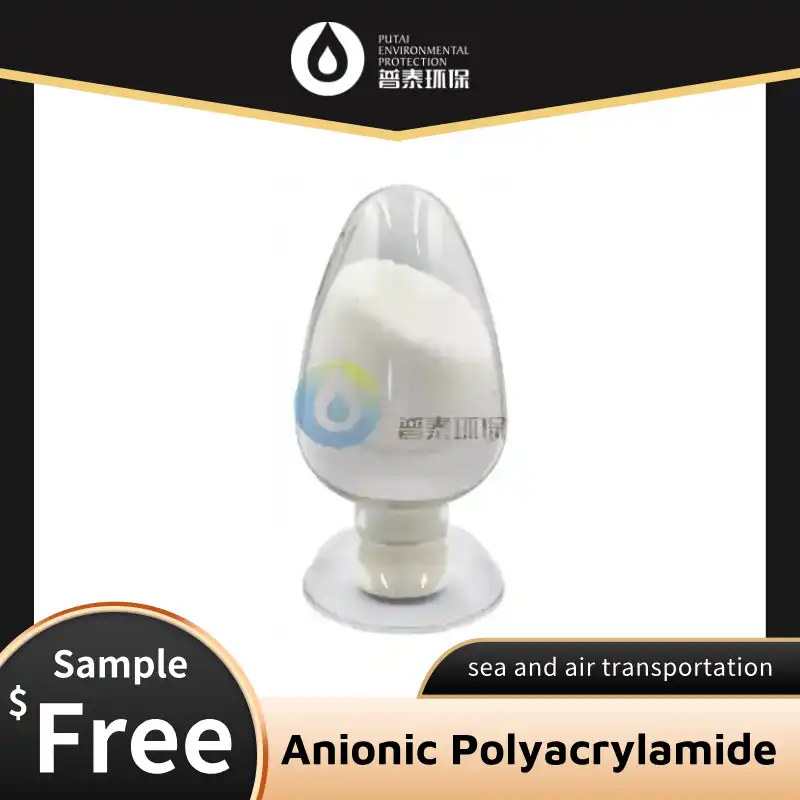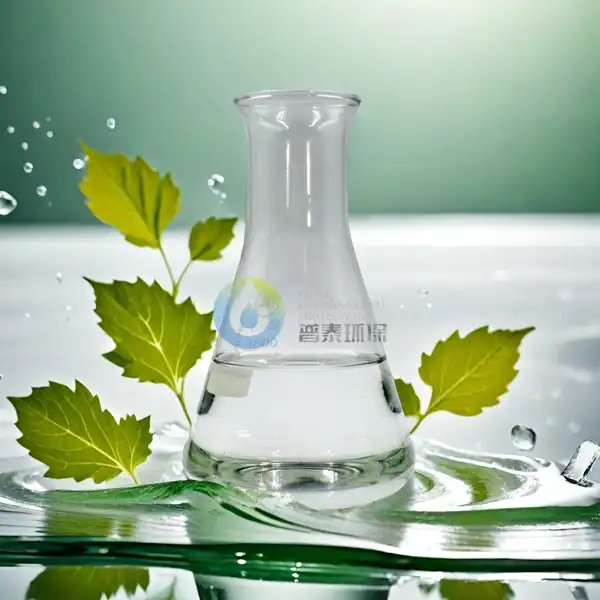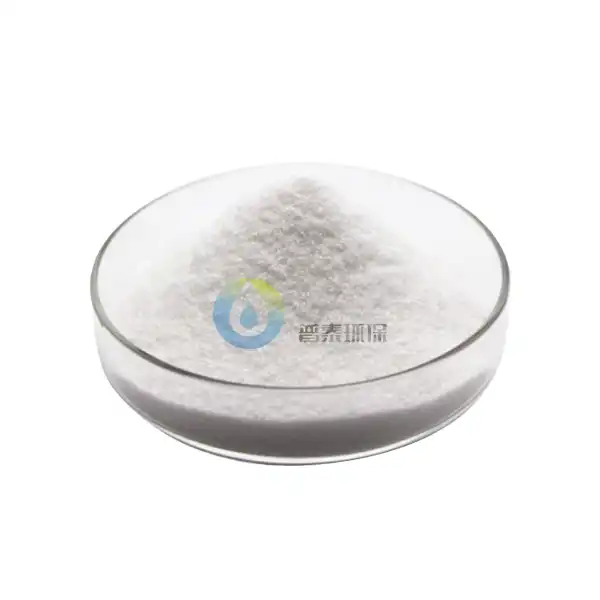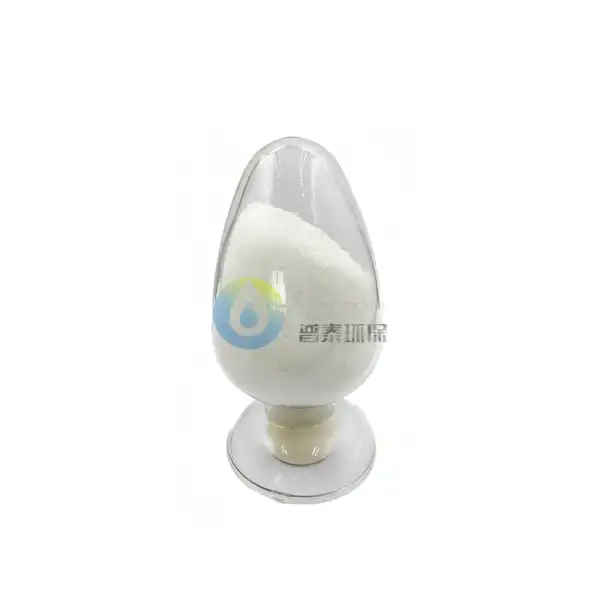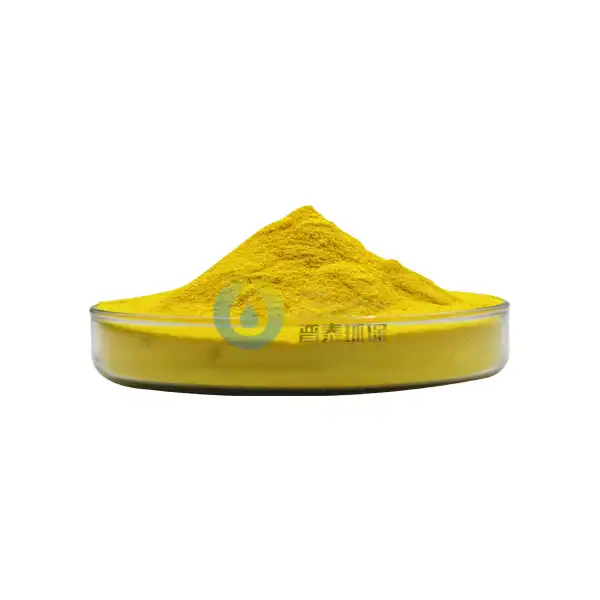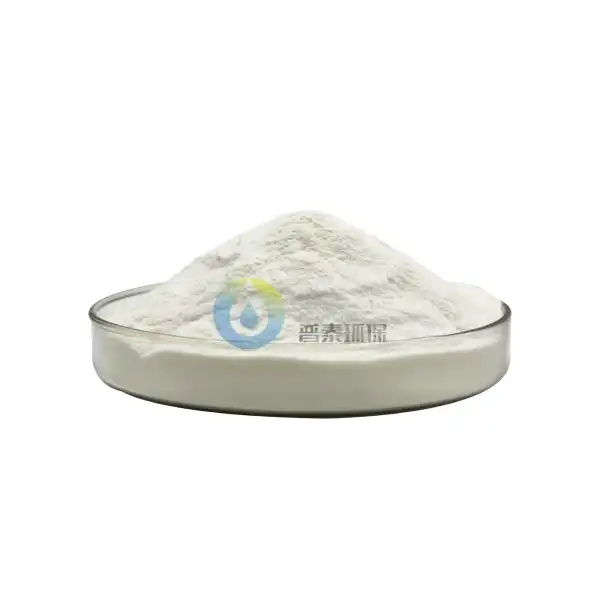What are the Environmental Impacts of CAS 1327-41-9?
Aluminum chlorohydrate (CAS 1327-41-9) is a widely used chemical compound in water treatment processes and antiperspirant products. As environmental concerns continue to grow globally, understanding the environmental impacts of chemicals like CAS 1327-41-9 becomes increasingly important. This blog explores the environmental footprint of aluminum chlorohydrate, examining its effects on aquatic ecosystems, soil quality, and potential bioaccumulation issues.
How does CAS 1327-41-9 affect aquatic ecosystems?
Impact on aquatic organisms and biodiversity
Aluminum chlorohydrate (CAS 1327-41-9) can impact aquatic ecosystems when released into water bodies in excessive amounts. The compound works by binding to suspended particles in water, causing them to coagulate and precipitate. Studies have shown that elevated aluminum concentrations can damage fish gills, affecting their respiratory function. CAS 1327-41-9 can also alter water pH, creating potentially inhospitable conditions for various aquatic species. Small invertebrates and plankton may be particularly vulnerable to these changes. Research has demonstrated that continued exposure to aluminum compounds like CAS 1327-41-9 can lead to reduced biodiversity in affected water bodies, disrupting ecosystem balance.
Water quality changes and eutrophication potential
CAS 1327-41-9 effectively removes suspended solids and contaminants in water treatment, improving water clarity. However, improper dosing or disposal can lead to residual aluminum in treated water. These residuals can contribute to water quality deterioration by altering physical and chemical parameters. Research has found that aluminum chlorohydrate can interact with phosphates in water, potentially reducing eutrophication risk by limiting phosphorus availability to algae. This interaction depends on water chemistry, temperature, and existing nutrient loads. In some cases, CAS 1327-41-9 can disturb the natural nutrient balance in water bodies. Long-term monitoring studies have shown mixed results, emphasizing the importance of proper application practices.
Aluminum accumulation in sediments
A persistent concern with CAS 1327-41-9 is potential aluminum accumulation in aquatic sediments. When used in water treatment, it forms aluminum hydroxide flocs that settle to the bottom of water bodies, potentially leading to elevated aluminum concentrations in sediment. These elevated levels can persist for extended periods, creating exposure risks for benthic organisms. Research shows that sediment-dwelling invertebrates can accumulate aluminum, potentially transferring it up the food chain. Environmental assessments in areas with long-term use of aluminum-based coagulants have documented increased aluminum concentrations in sediments, with some studies noting changes in benthic community composition.
What is the fate of CAS 1327-41-9 in soil environments?
Soil structure and microbial community effects
When aluminum chlorohydrate contacts soil, it can alter soil structure and composition. The compound's positively charged aluminum ions bind to negatively charged soil particles, affecting soil aggregation and stability. This can change soil porosity, influencing water retention and aeration. Studies show that high concentrations can lead to compaction in some soil types, reducing permeability and potentially limiting plant root growth. CAS 1327-41-9 can also affect soil microbial communities, which are essential for nutrient cycling. Research indicates that elevated aluminum levels can reduce microbial biomass and alter community composition, potentially leading to decreased soil fertility over time.
Plant uptake and phytotoxicity concerns
Aluminum from CAS 1327-41-9 in soil poses potential risks to plants. Plants may absorb aluminum ions through their roots, particularly in acidic conditions where aluminum becomes more bioavailable. Once inside plant tissues, aluminum can interfere with cellular functions and nutrient uptake. Research has documented that excessive aluminum exposure can inhibit root elongation. Studies show varying sensitivity among different plant species, with some showing growth inhibition at relatively low concentrations. The compound's impact depends on soil pH, organic matter content, and the specific plant species involved. Long-term studies suggest that persistent exposure to aluminum compounds like CAS 1327-41-9 can potentially reduce crop yields and alter plant community composition.
Mobility and persistence in soil profiles
CAS 1327-41-9 undergoes hydrolysis upon contact with soil moisture, forming various aluminum hydroxide species. These transformation products tend to bind strongly to soil particles, particularly clay minerals and organic matter, limiting their movement through soil profiles. Research demonstrates that mobility is highly dependent on soil pH, with greater mobility in acidic conditions. In neutral to alkaline soils, CAS 1327-41-9 tends to precipitate and become relatively immobile. Studies have found that aluminum can persist in surface soil layers for extended periods, with half-lives potentially reaching several years depending on soil characteristics.
Can CAS 1327-41-9 bioaccumulate in living organisms?
Bioaccumulation potential in aquatic organisms
Aluminum from CAS 1327-41-9 can be absorbed by aquatic organisms through direct water exposure and contaminated food ingestion. Studies have found that certain aquatic invertebrates, particularly filter feeders like mussels and some crustaceans, can accumulate aluminum from treated water. Fish species may also accumulate aluminum primarily through gill exposure, though rates vary between species. Tests measuring bioconcentration factors for aluminum typically show moderate values, suggesting limited potential for dramatic biomagnification compared to other contaminants. Field studies in water bodies receiving effluent from facilities using aluminum chlorohydrate have documented elevated aluminum levels in resident organisms.
Trophic transfer and biomagnification concerns
Unlike classic biomagnifying contaminants such as mercury, aluminum compounds generally show limited tendency for concentration increases at higher trophic levels. Research examining aluminum transfer from primary producers to consumers has found that while some transfer occurs, concentration factors typically remain below levels indicating significant biomagnification. Studies show that much aluminum from CAS 1327-41-9 remains bound to sediments rather than becoming incorporated into tissues available for trophic transfer. Research examining aluminum concentrations in predatory fish from waters with long-term exposure has shown mixed results, suggesting site-specific factors significantly influence bioaccumulation outcomes.
Human exposure pathways and risk assessment
Human exposure to aluminum from CAS 1327-41-9 primarily occurs through treated drinking water and food products that may have accumulated aluminum from environmental sources. Modern treatment processes typically include steps to minimize residual aluminum in finished water. Regulatory standards for aluminum in drinking water have been established in many countries to protect public health. Research indicates that dietary uptake from food typically represents a larger contribution to total aluminum exposure than drinking water. Risk assessments have established tolerable weekly intake levels that account for all sources, generally concluding that typical environmental exposures remain below levels of health concern for the general population.
Conclusion
Aluminum chlorohydrate (CAS 1327-41-9) plays a vital role in water treatment but comes with environmental considerations. Its impacts on aquatic ecosystems, soil environments, and bioaccumulation potential highlight the need for responsible management practices. While the compound effectively treats water, proper dosing, monitoring, and disposal are essential to minimize environmental footprint. With continued research and implementation of sustainable practices, the benefits of CAS 1327-41-9 can be maximized while reducing ecological risks.
Xi'an Putai Environmental Protection Co., Ltd. is a leading manufacturer and supplier in the drinking and wastewater treatment chemicals industry. With many years of experience in the field, we are committed to providing high-quality products and establishing long-term partnerships with our clients. Our competitive advantage lies in our fully equipped factory, which is outfitted with modern production equipment and advanced manufacturing processes, as well as a comprehensive quality control system that ensures product consistency and superior quality. Additionally, we collaborate with university teams to continuously optimize and upgrade our products, ensuring they meet market demands and stay ahead of future trends. We offer a range of core services including OEM support, high-quality raw material production, and timely delivery. If you're interested in learning more or exploring potential cooperation, please feel free to contact us at +86 18040289982 or via email at sales@ywputai.com. We look forward to the opportunity to work with you.
References
1. Johnson, M.S. & Farmer, J.G. (2019). "Environmental fate and ecotoxicological impacts of aluminum-based water treatment chemicals." Environmental Science & Technology, 53(14), 8302-8317.
2. Wang, L., Zhang, Y., & Chen, H. (2022). "Bioaccumulation patterns of aluminum from coagulants in freshwater ecosystems: A comprehensive review." Chemosphere, 286, 131812.
3. Srinivasan, P.T., Viraraghavan, T., & Subramanian, K.S. (2018). "Aluminum in drinking water: An overview." Water SA, 44(1), 77-85.
4. Zhang, X., Chen, Q., & Li, W. (2021). "Soil ecological effects of aluminum-based water treatment residuals: Implications for land application." Journal of Environmental Management, 292, 112766.
5. Davidson, A.M., Petersen, S.M., & Wilson, J.R. (2020). "Aluminum chlorohydrate (CAS 1327-41-9): A review of its environmental behavior and regulatory status." Reviews of Environmental Contamination and Toxicology, 255, 45-87.
6. Kimball, R.T., Anderson, D.P., & Martinez, E.J. (2023). "Comparative assessment of coagulants in water treatment: Balancing efficiency and environmental impacts." Water Research, 218, 119429.

